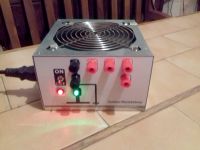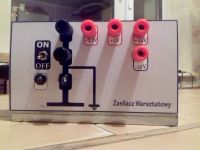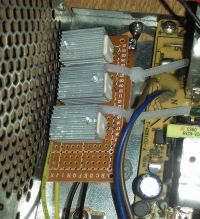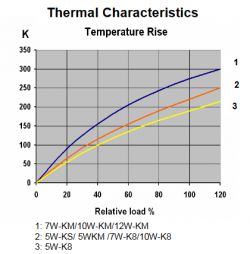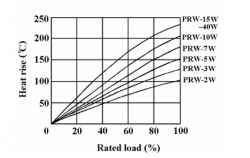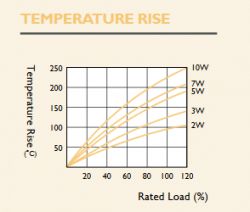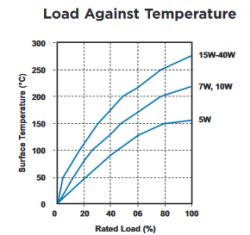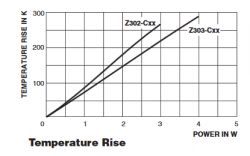Hi!
I am at the stage of converting the ATX power supply into a workshop.
There are many instructions on the Internet, but I don't understand everything. Therefore, I have a few questions for you.
1. The diodes in my project are powered by 5V line. I know what resistors I should match when it comes to the Ohm parameter, but I don't really know what about W. On websites, everyone explains how to make a good resistor by matching the ohm value. Is a 0.25W resistor enough for a 5W line, or maybe 0.5W ... or maybe it must be 5W?
2. How do I connect 2 0.25W resistors in parallel, I will have 0.5W? Is that how it works?
3. With relatively new ATX power supplies, it is said that the + 12V line must be artificially loaded to a minimum of 22 Ohm for the power supply to work stably. I also read that in this case you should use resistors of at least 10W. Is it true? Is it possible to somehow use 5W resistors so that they do not burn? I have already asked in 5 local stores and the largest resistors they have are 5W.
Or maybe in my case it is enough to load the + 5V line?
4. It's also nice if someone was able to recommend me a good book, some basics of electronics (but written in such a way that the child understands, because in this area not everything is easily absorbed for me).
I am at the stage of converting the ATX power supply into a workshop.
There are many instructions on the Internet, but I don't understand everything. Therefore, I have a few questions for you.
1. The diodes in my project are powered by 5V line. I know what resistors I should match when it comes to the Ohm parameter, but I don't really know what about W. On websites, everyone explains how to make a good resistor by matching the ohm value. Is a 0.25W resistor enough for a 5W line, or maybe 0.5W ... or maybe it must be 5W?
2. How do I connect 2 0.25W resistors in parallel, I will have 0.5W? Is that how it works?
3. With relatively new ATX power supplies, it is said that the + 12V line must be artificially loaded to a minimum of 22 Ohm for the power supply to work stably. I also read that in this case you should use resistors of at least 10W. Is it true? Is it possible to somehow use 5W resistors so that they do not burn? I have already asked in 5 local stores and the largest resistors they have are 5W.
Or maybe in my case it is enough to load the + 5V line?
4. It's also nice if someone was able to recommend me a good book, some basics of electronics (but written in such a way that the child understands, because in this area not everything is easily absorbed for me).



